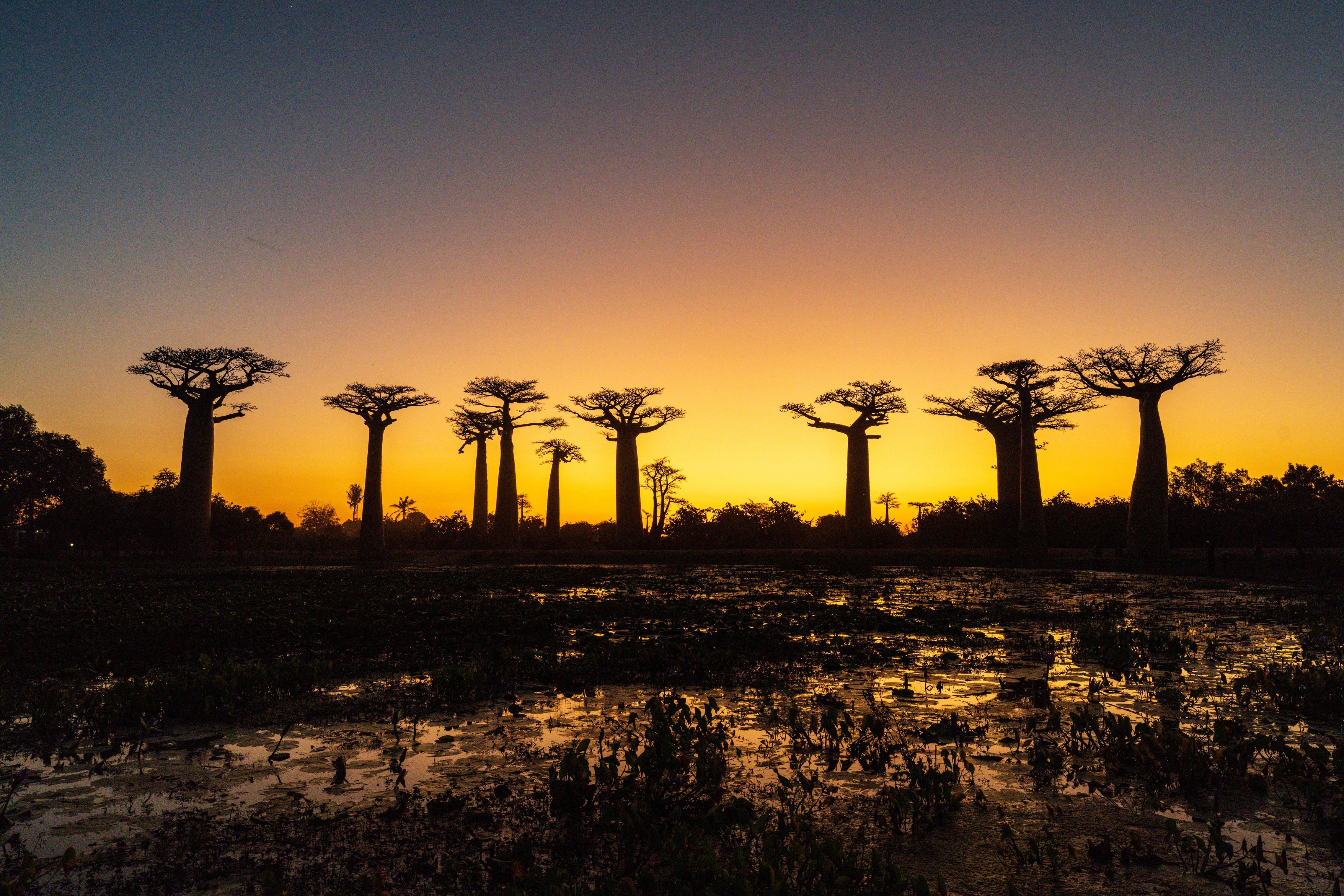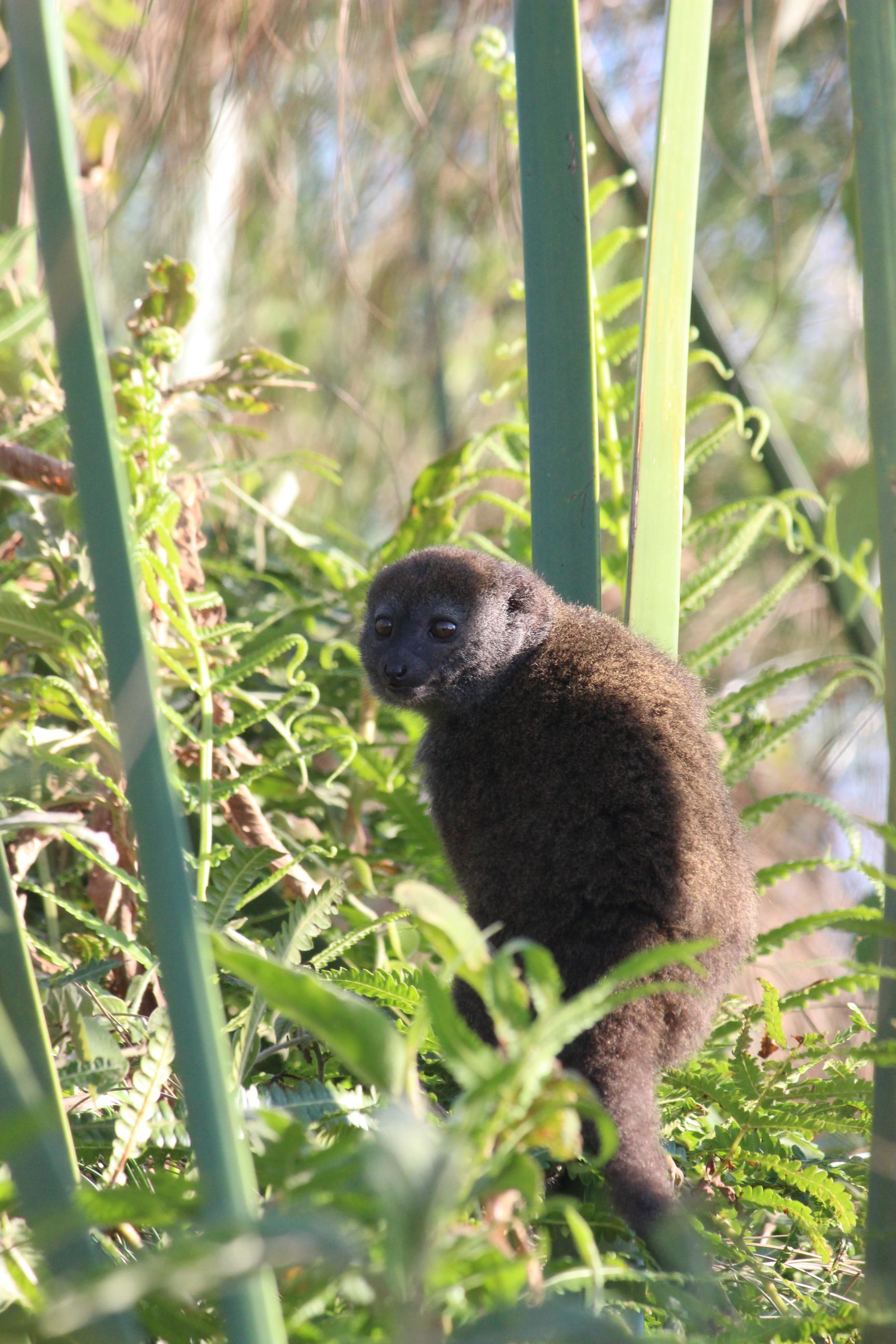
Building a more abundant future for Madagascar
Since 1990, Conservation International-Madagascar has supported local communities in their efforts to responsibly and sustainably care for nature.
The team is working to conserve nearly 700,000 hectares of the last remaining tropical forests in the Ankeniheny-Zahamena and Ambositra-Vondrozo forest corridors. This includes working to prevent further deforestation in both corridors, implementing sustainable agricultural practices to reduce soil erosion and establishing habitat protections for endangered lemurs and other wildlife.
We are also helping drive community-led conservation efforts by establishing locally-managed fisheries in 7 Bays Marine Corridor, including Ambodivahibe Bay, in northeast Madagascar, and spearheading grasslands restoration, as part of the Herding for Health initiative, in the southwest part of the country.
When nature thrives, people thrive. That’s why Conservation International-Madagascar is committed to the conservation and sustainable management of Madagascar’s vital lands and seas.
1990
YEAR FOUNDED
17.8M
PEOPLE
dependent on nature in Madagascar1
370M
METRIC TONS
of irrecoverable carbon in Madagascar2
1,016
VERTEBRATE SPECIES
that are endemic to Madagascar3
Madagascar’s natural resources are currently under serious threat, and we need to act quickly to reverse the trend of degradation that is exacerbating poverty. Let’s act together to safeguard this natural heritage by mobilizing resources and inviting key stakeholders to join our efforts to combat environmental pressures and build a sustainable economy based on the management and restoration of Madagascar’s landscapes and seascapes.”
Areas we work

Restoring the forests of Lake Alaotra
The lush forests and wetlands around Lake Alaotra in northern Madagascar are home to a variety of vulnerable wildlife — including lemurs, vontsira and a rare species of diving duck —and support the rice farms and fisheries that feed local communities.
But the entire region has come under threat due to severe soil erosion as a result of large-scale deforestation in the Lake Alaotra watershed.
That’s why Conservation International-Madagascar, working with the Priceless Planet Coalition, launched the Flagship Landscape Forest Restoration project — an ambitious tree-planting effort that will revitalize forests around Madagascar’s largest lake.
The project’s goal is to plant and regenerate more than 12 million trees across more than 5,000 hectares of land. The project consists of four phases, with each phase beginning with tree planting, followed by a five-year monitoring period. The second phase has recently started, and the project has already planted over 7 million trees and seedlings across 3,200 hectares in the communes of Manakambahiny Est, Amparihitsokatra, Ambohidava, Ambatosoratra and Ambohitsilaozana.
To date, 20 types of forest trees have been planted, along with 19 species of fruit and fodder trees.
References
- Fedele, G., Donatti, C. I., Bornacelly, I., & Hole, D. G. (2021). Nature-dependent people: Mapping human direct use of nature for basic needs across the tropics. ScienceDirect, 71. https://doi.org/10.1016/j.gloenvcha.2021.102368
- Conservation International (2021, November). Irrecoverable Carbon. Retrieved January 2025, from https://www.conservation.org/irrecoverable-carbon
- The IUCN Red List of Threatened Species. (2024). Table 8a: Total, threatened, and EX & EW endemic species in each country [Fact sheet]. https://www.iucnredlist.org/resources/summary-statistics#Summary%20Tables